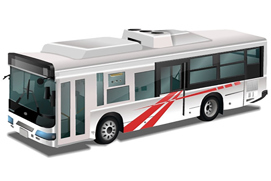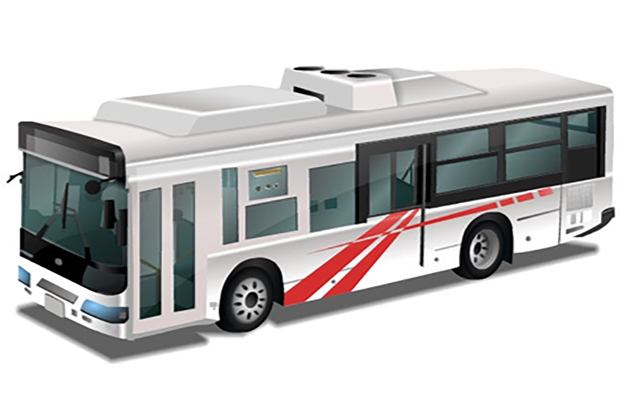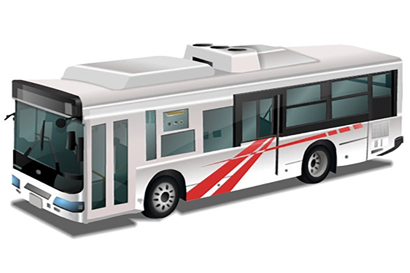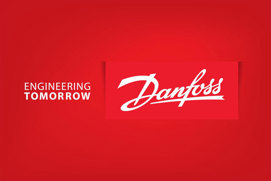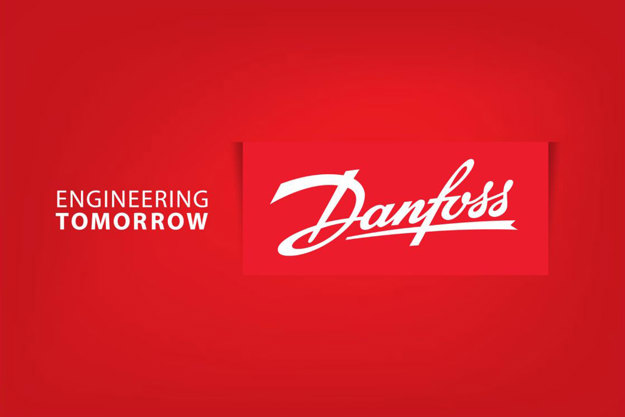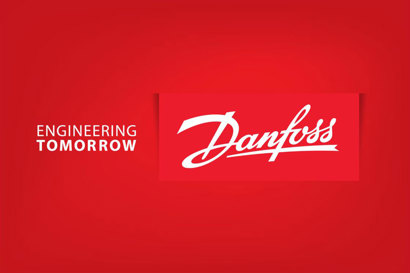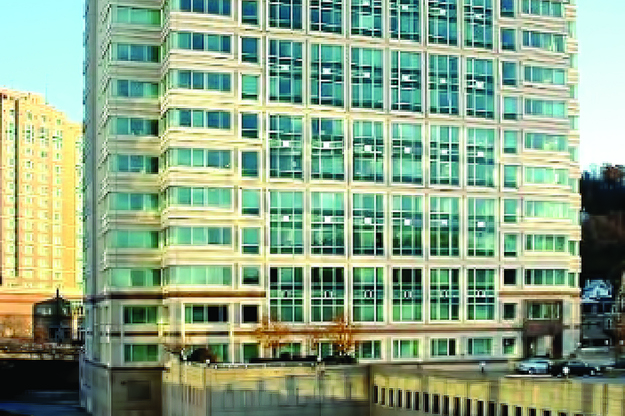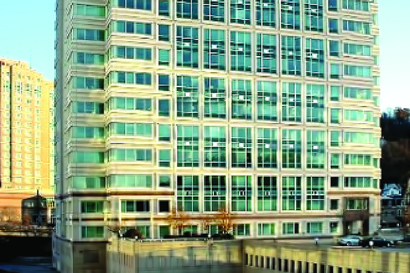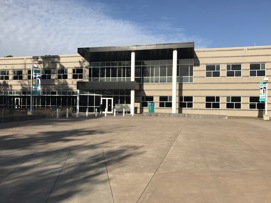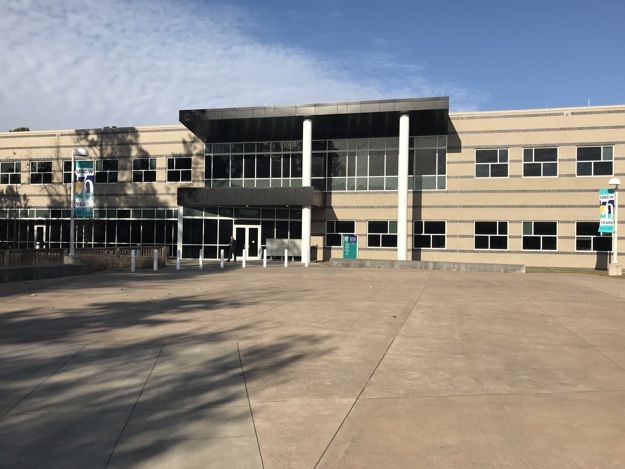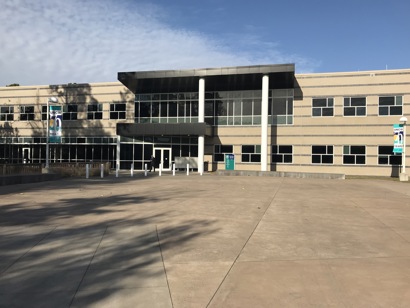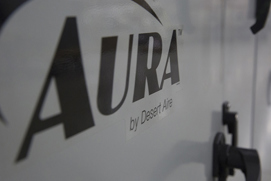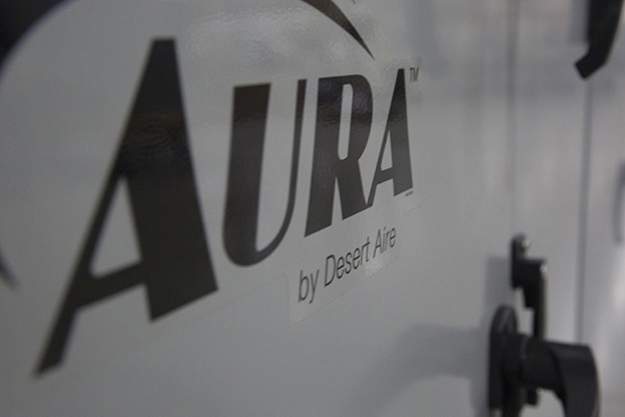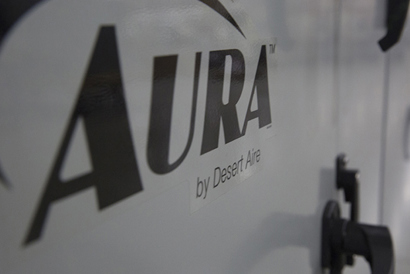StarCO₂mpressors HR40 and HR60: Naturally Innovative Air Conditioning Solutions
Introducing the Danfoss BOCK® CO2 StarCO2mpressors HR40 and HR60 - a game-changer in electric bus and train air conditioning. Our innovative "star" drive design offers space-saving roof installation with the industry's lowest overall height and weight.
Experience energy-efficient and eco-friendly heat generation through a CO2 heat pump, even in frigid -4 °F (20 °C) conditions, without the need for auxiliary heaters. Embrace innovation for a greener future!
Key Benefits for Manufacturers and Transport Companies:
Economically and ecologically sustainable: Secured competitive advantages through an investment that is both economically and ecologically sustainable, recognized with the Busworld Innovation Award Label in 2019.
Innovative technology: Utilizes innovative radial piston technology specifically designed for mobile CO2 applications, ensuring efficiency and reliability.
Robust construction: Features a welded, robust steel housing with the lowest risk of leakage, guaranteeing durability and safety.
Space-saving design: Boasts the lowest overall height (219mm) and weight (81kg) in its power class, optimizing space utilization in vehicles.
Versatile performance: Offers a wide speed range to cover diverse power requirements for vehicle air conditioning, heating, and battery conditioning, enhancing versatility.
Tailored oil management: Includes specially adapted oil management tailored for vehicle applications, ensuring smooth operation.
Proven Reliability: Demonstrates proven practicality through successful series operations, instilling confidence in performance.
Robust Valve Design: Features a robust ring valve design, enhancing overall reliability and longevity.
Features and benefits of StarCO₂mpressors for electric buses and trains:
Compact efficiency: innovative "star" drive design with radial piston cylinders arranged in a star configuration around the crankshaft, offering an extremely compact compressor perfectly suited for CO2 refrigerant (R744) and mobile applications.
Energy efficiency: eliminates the need for energy-consuming auxiliary heaters, achieving up to 20% higher efficiency with the CO2 heat pump.
Extended vehicle range: provides approximately 40% more vehicle range, enhancing mobility and reducing operational costs.
BOCK® compressors with R744/CO₂ as refrigerant
- Environmentally Friendly and Cost-Effective: CO2 is a natural, eco-friendly, and economical refrigerant compared to fluorinated alternatives. It's non-toxic, non-flammable, and colorless.
- Low Environmental Impact: CO2, with a GWP value of 1, isn't subject to the F-Gas Regulation's "Phase-Down Scenario." Leak tests are only mandatory for systems with a 5-tonne CO2 equivalent charge, saving on testing costs.
- No Costly Recovery: CO2 release during service work doesn't necessitate expensive refrigerant recovery, reducing maintenance expenses.
- Expert Support: CO2 systems can have demanding characteristics, including high pressure and low critical points.
Looking for spare parts?
BOCKSHOP Spare parts catalog
SEARCH. CLICK. FIND.
The online spare parts catalog allows you to find the right spare parts and accessories for BOCK compressors and units with just a few clicks.
Documents
Software

Compressor selection tools - VAP
The VAP tool is ideal for finding the appropriate compressors for mobile applications. By inputting the required refrigerating capacity and operating conditions, the tool will display compatible components right away. In the VAP tools you will also find additional details about the suggested compressors.
Related applications
-
if (isSmallPicture) {


 Bus and train air conditioning
Bus and train air conditioningDanfoss provides bus & train air conditioning parts for energy-efficient systems. Visit us here - and learn more about our transport air conditioning systems.
Case studies
-
if (isSmallPicture) {


 Danfoss adapts Optyma™ Slim condensing unit to meet G&D Chillers’ needs
Danfoss adapts Optyma™ Slim condensing unit to meet G&D Chillers’ needsDanfoss, to meet the needs of G&D Chillers, used the microchannel heat exchanger and DSH inverter scroll with intermediate discharge valve to customize the Optyma™ Slim condensing unit, making it compatible with the high-efficiency refrigerant R-410A.
-
if (isSmallPicture) {


 Engineering Tomorrow facilitates quiet, modular retrofit of office building’s VAV system
Engineering Tomorrow facilitates quiet, modular retrofit of office building’s VAV systemWhen the owners of One Tower Bridge—a 15-story office building in West Conshohocken, Pennsylvania—needed to replace its 30-year-old HVAC units supplying the facility’s floor-by-floor VAV system, they turned to United CoolAir’s VariCool EZ-Fit units using Danfoss variable speed scroll compressors due to their flexible modular design and ability to handle capacity, efficiency, and noise challenges.
-
if (isSmallPicture) {


 University’s marine science lab finds extreme savings with variable-speed chiller plant
University’s marine science lab finds extreme savings with variable-speed chiller plantLocated close to various waterways, the University of North Carolina Wilmington (UNCW) takes marine science seriously. Its new MARBIONC Building — a 69,000-square-foot interdisciplinary research facility for marine biotechnology — provides labs for lease to commercial enterprises that require reliable, energy-efficient 24/7/365 cooling. Faced with high humidity and mid-Atlantic climate variations, the building required a chiller plant that could take advantage of a wide range of operating conditions and still run reliably.
-
if (isSmallPicture) {


 Walk-in coolers: a summary
Walk-in coolers: a summaryUse this list to learn what goes into making an efficient walk-in cooler or freezer.
-
if (isSmallPicture) {


 Walk-in coolers: compressors and heat exchangers
Walk-in coolers: compressors and heat exchangers -
if (isSmallPicture) {


 Engineering Tomorrow doubles new DOAS efficiency
Engineering Tomorrow doubles new DOAS efficiencyImproving indoor air quality by increasing the amount of outdoor air (OA) entering a building is necessary in many facilities. Depending on occupant density, some buildings may require 20 cubic feet per minute (CFM) of outdoor air per person, a volume of air that can increase air-conditioning costs.

